The Vietnamese perception of beauty in the past was deeply rooted in nature. Life in traditional Vietnam was inseparable from the land: families lived among gardens, cooked with seasonal herbs, and sought healing from leaves and roots long before pharmacies existed. This closeness gave rise to a philosophy known as "thuận theo tự nhiên" - to live in harmony with nature. Rather than seeking to change what was natural, Vietnamese women learned to enhance it, thoughtfully and wisely.
Beauty, for them, wasn’t about transformation but elevation. A smooth forehead, long black hair, gentle eyes, and a modest smile were enough to captivate. In folk verses still sung today, this ideal is lovingly preserved: "Tóc ngang lưng vừa chừng em búi. Để chi dài bối rối dạ anh” - “Your hair, just long enough to tie in a bun. Why grow it longer, just to tangle my heart?” or “Mặt hoa da phấn” - “A face like a flower, skin powdered like silk”. This cultural love for understated beauty - a kind of elegance that values harmony, softness, and subtle enhancement over bold transformation - gave rise to many shared secrets among women, often passed down from mother to daughter in hushed whispers or kitchen rituals.
And while none of these beauty remedies were considered secret, they often lived in the everyday corners of a household. These were essentials, inviting us to explore what beauty meant in its most natural form.
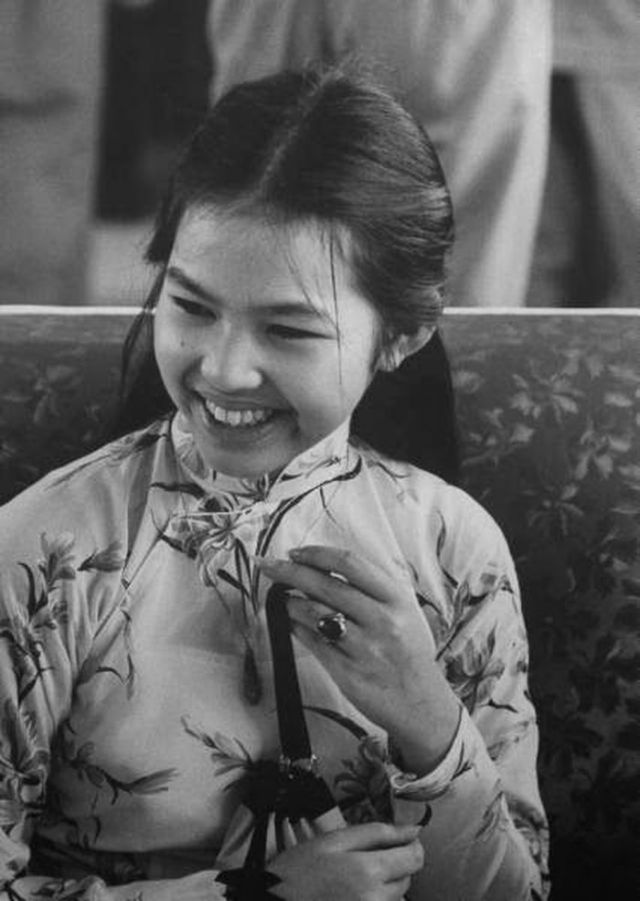
Bồ Kết - Soapberry
Among the most beloved of these ingredients is bồ kết (soapberry), a curved black pod from the soapberry tree. When grilled over fire and boiled, it releases a fragrant foam that gently cleanses the scalp. This cleansing effect comes from saponin, a natural compound present in bồ kết that acts like a gentle surfactant, creating light bubbles and removing dirt without stripping the scalp of its natural oils. Bồ kết is known to help maintain the scalp’s moisture balance. It strengthens from the root, prevents dandruff, and even helps darken grey hairs over time.
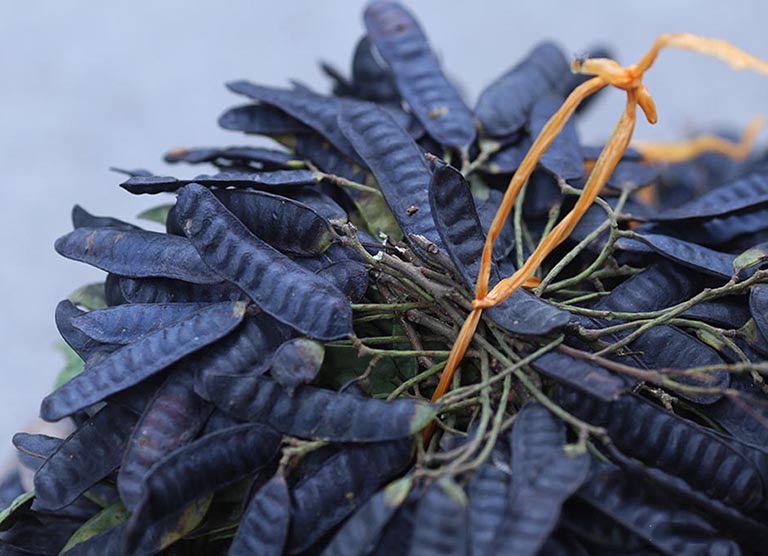
Traditionally, the pods are first sun-dried until fully hardened, then lightly grilled over an open flame to bring out their aroma and activate the saponins. After that, they are simmered in boiling water for about 15 to 30 minutes until the water turns amber and starts to foam. This decoction is then cooled and used to wash the hair. Some women enhanced this herbal rinse with slices of ginger, lemongrass, or dried pomelo peel for added fragrance and nourishment.
Today, while urban life has made this tradition less common, its revival is strong. Local Vietnamese brands now sell bottled bồ kết solutions, sometimes infused with chamomile, mugwort, or cinnamon, blending modern convenience with ancestral wisdom. It has also become a featured ingredient in many modern Vietnamese shampoos, where it is often combined with essential oils and contemporary formulas to cater a new generation seeking natural, hair-friendly alternatives.
Rau Má - Centella Asiatica
Another familiar face in the herbal cabinet of Vietnamese women is rau má (centella asiatica), a humble creeping herb found near ponds and garden edges. Traditionally, rau má was known for its cooling effects. Women would drink it to reduce body heat during summer or crush its leaves into a green pulp to soothe burns and heal scars.
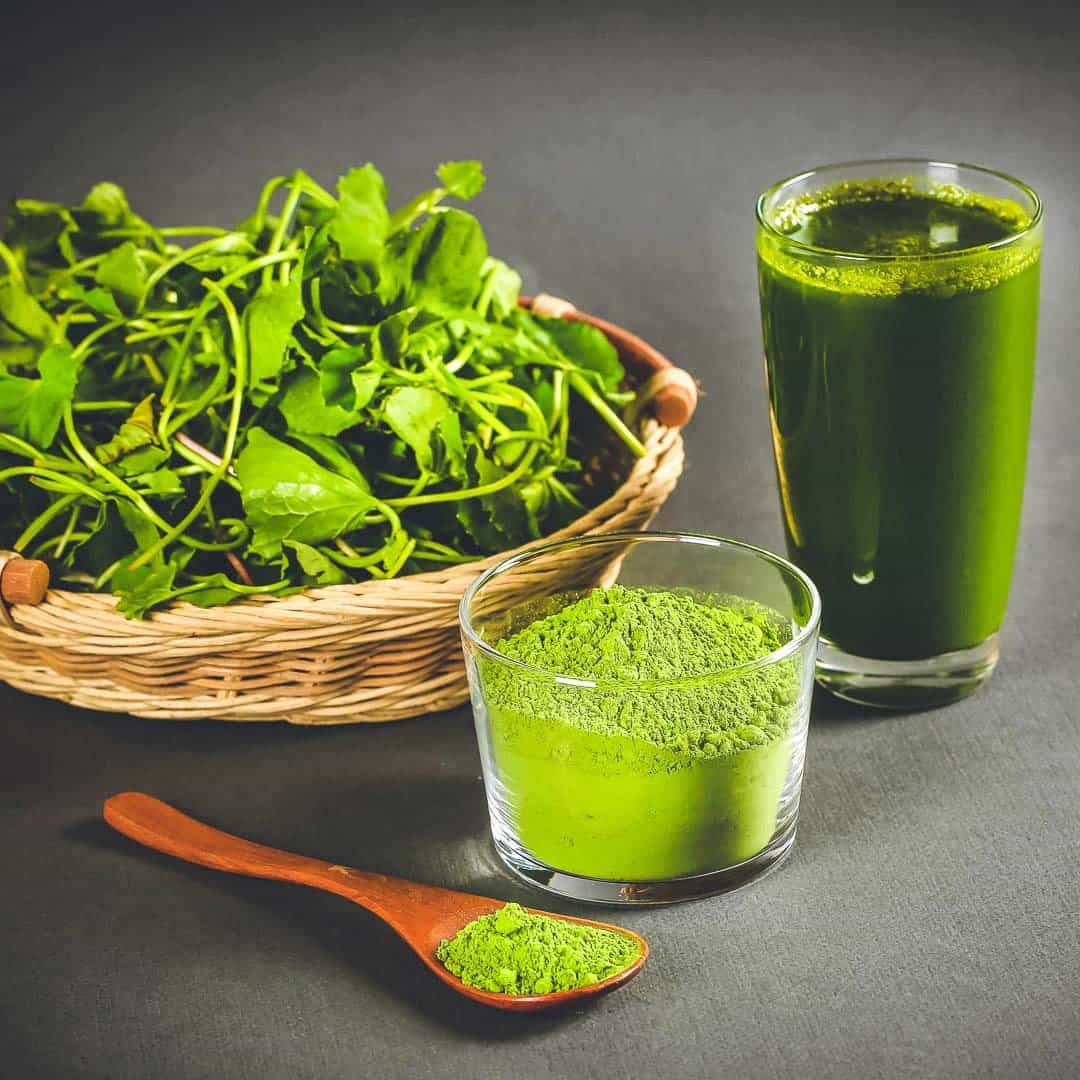
Modern science has since caught up: rau má contains triterpenoids, which help stimulate collagen production, reduce inflammation, and accelerate wound healing. It has become a hero ingredient in the global beauty industry, bottled into serums and essences sold for high prices. Yet in Vietnam, it remains affordable: you can sip a glass of freshly blended rau má juice at any street corner for less than a dollar. It nourishes from the inside out, a beauty supplement in disguise.
Nghệ - Turmeric
Then there is nghệ, turmeric, the golden root that mothers still rub on their daughters’ skin to fade scars. Turmeric, with its active compound curcumin, is prized for its anti-inflammatory and antioxidant properties. Vietnamese women used turmeric paste to calm acne, brighten dull skin, and minimize stretch marks after childbirth.
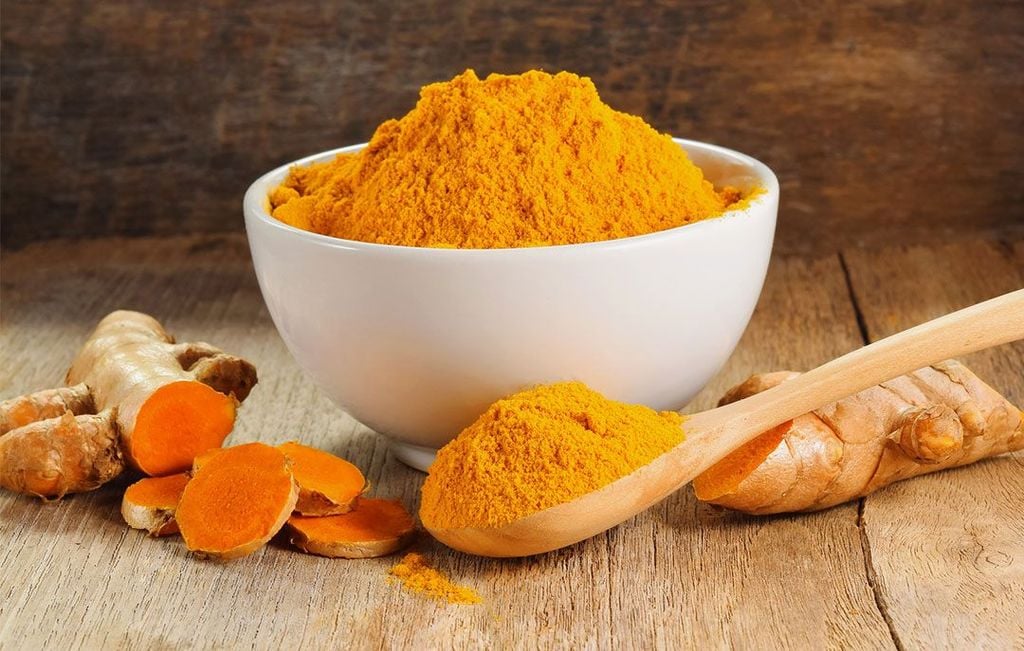
Today, some Vietnamese mix it with honey or yogurt to create a mask for radiant, even-toned skin. The smell is earthy, the touch warm. Even now, turmeric is sold in fresh roots or powder in every wet market, side by side with modern versions: creams, soaps, and serums that carry the same promise of healing.
Phấn nụ - Nụ Powder
Among the lesser-known yet deeply symbolic beauty items is phấn nụ, which is a traditional face powder used by women of the imperial court in Hue centuries ago. In the 19th century, within the walls of the Forbidden Purple City, court women were expected to maintain a graceful and refined appearance, and phấn nụ became an essential part of their daily regimen.
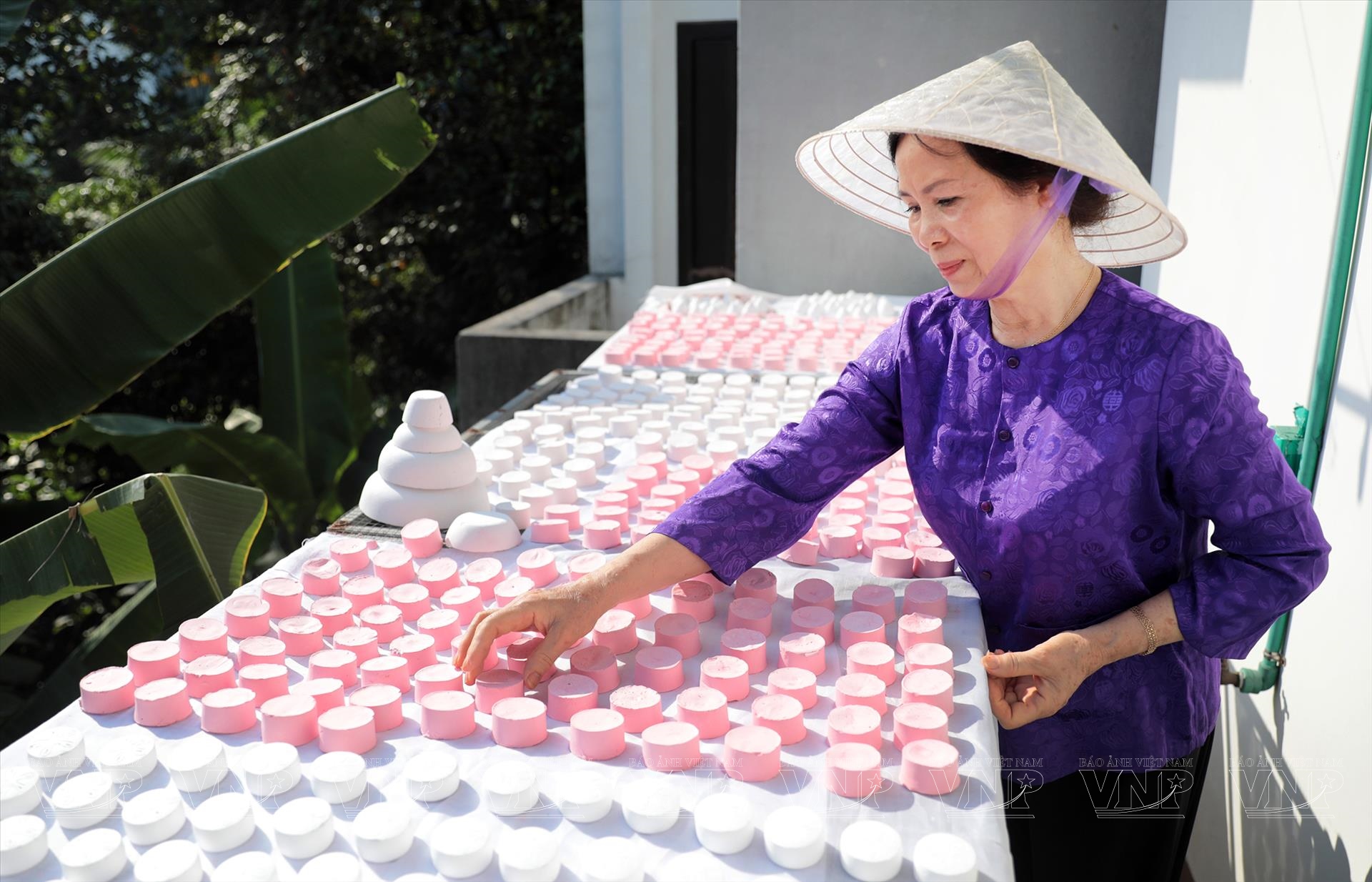
Developed by royal herbalists, this powder combined kaolin clay with powdered herbs, and medicinal ingredients to create a product that was both beautifying and healing. It was used to whiten and soften the skin, and also to cool and protect it from the tropical heat.
Even today, artisans in Hue continue to handcraft phấn nụ, keeping the recipe alive. A small jar, often wrapped in silk paper, is modestly priced compared to modern luxury brands, yet carries with it the natural purity and cultural heritage that few products today can claim.
